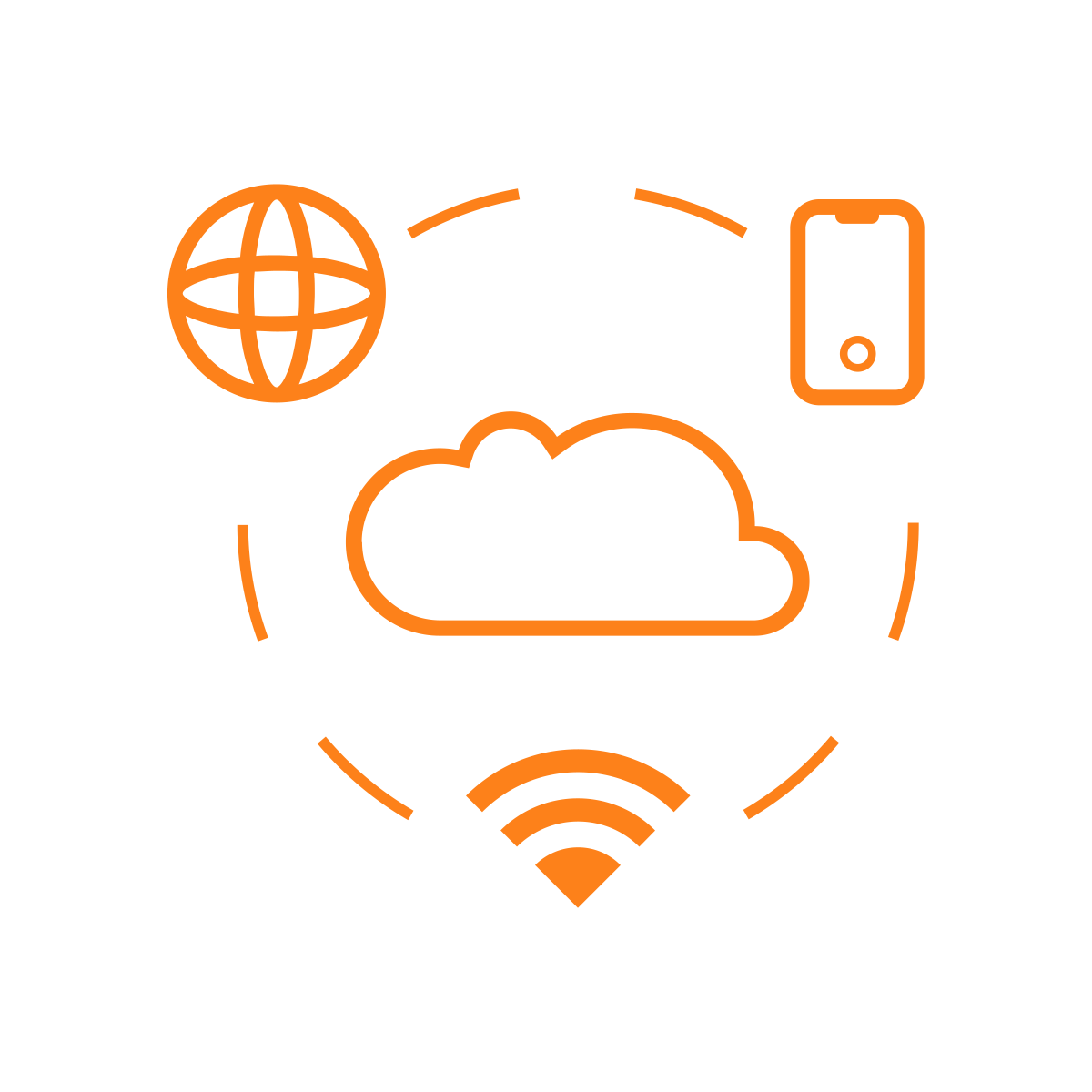Threat Response: Using XDR to Close the Loop
Converting the best threat detection in the world into action gives it meaning. Threat response is a core part of any security team’s resolution of a security incident. Understanding response options is central to how each security team chooses to resolve incidents and contain future risk.
What is Threat Response?
Threat response is the methodology employed by an organization to respond to and manage a cyber threat or security incident. It is a critical part of cybersecurity strategy, and is key to minimizing damage, reducing recovery time, and preventing future threats.
The objective of threat response is twofold. Firstly, it aims to contain a cyber threat as quickly as possible. Second, it facilitates the recovery process after a security incident through event documentation, so an organization can improve future responses.
A comprehensive threat response typically encompasses four key stages: detection, investigation, containment, and remediation.
- Detection: The initial identification of unusual or potentially malicious activity.
- Investigation: The examination of detected activity to confirm if it’s a legitimate threat.
- Containment: Taking steps to prevent the threat from causing further damage.
- Remediation: Recovering affected systems to normal operation.
Threat Response Solution
The key question most organizations grapple with is how much automation to introduce around response actions. Post detection and investigation, security teams turn their attention to incident containment and remediation. Typical containment measures include endpoint quarantine and firewall rule tightening.
Most EDR solutions support endpoint quarantine. And this is a widely accepted containment measure as it rarely poses a risk to business continuance. Changing firewall rules is a bit more invasive, and can be unpopular with network teams chartered with business productivity.
Remediation is normally a separate and distinct process from containment. Containment needs to happen quickly. Remediation can be done with patience once the ‘fire is out’. However, information gathered during detection, investigation, and containment stages facilitates remediation steps.

Extended Detection and Response (XDR) and Threat Response
ThreatWarrior Extended Detection and Response (XDR) excels at real-time threat detection and automated investigation. It also provides security teams with a simple and effective way to contain a threat to a specific endpoint. You can achieve this by integrating with your existing EDR solution or using a secondary ThreatWarrior agent.
Most importantly, security teams find themselves lacking the time or the skill set to effectively manage threat response. ThreatWarrior XDR drives confidence and efficiency into the containment and remediation steps of threat response:

Unified View:
ThreatWarrior XDR provides a comprehensive view of security incidents – making it easier to know exactly what to contain.

Automation:
ThreatWarrior XDR handles the time-consuming detection, analysis and contextualization work. This frees up your security team to focus on backend containment and remediation decision-making.

Advanced Analytics: ThreatWarrior XDR unsupervised neural networks and deep learning, pinpoints threats that need attention and containment faster and more accurately.

Improved Collaboration: ThreatWarrior XDR NLP-based incident summaries makes it easier to share information and respond to threats more effectively
ThreatWarrior XDR elevates your threat response capability, automating your security team’ sability to efficiently detect, investigate, and contain, and remediate threats.
At the heart of cybersecurity is an endless cycle of learning and adapting, and the same applies to mastering threat response. With ThreatWarrior XDR by your side, you can turn challenges into opportunities, fortifying your security posture in the process.